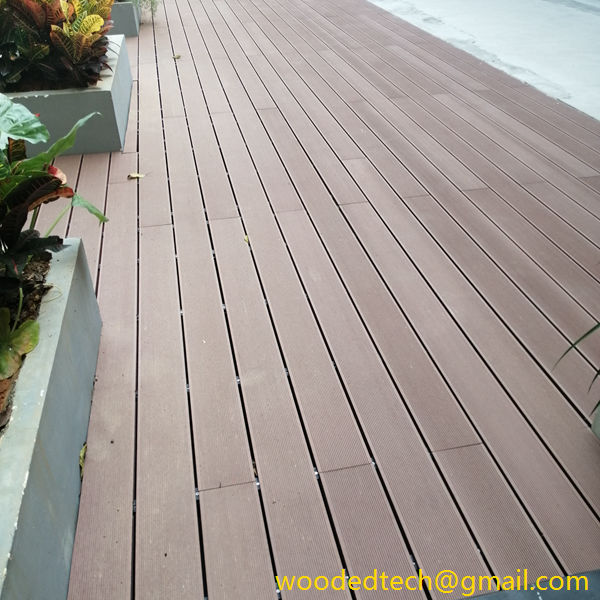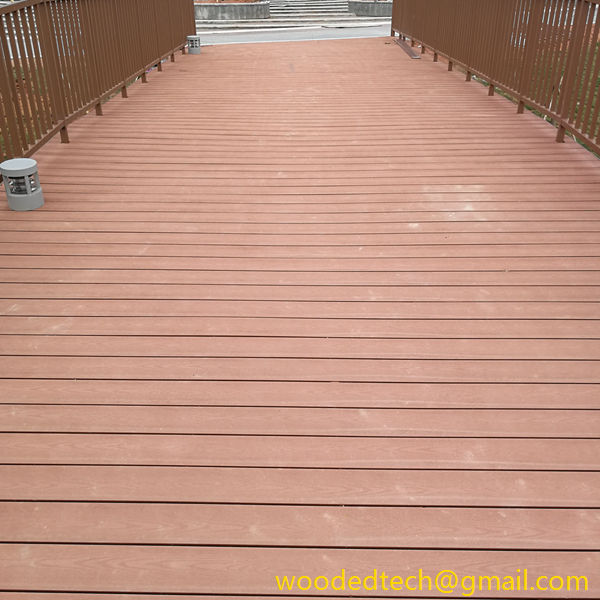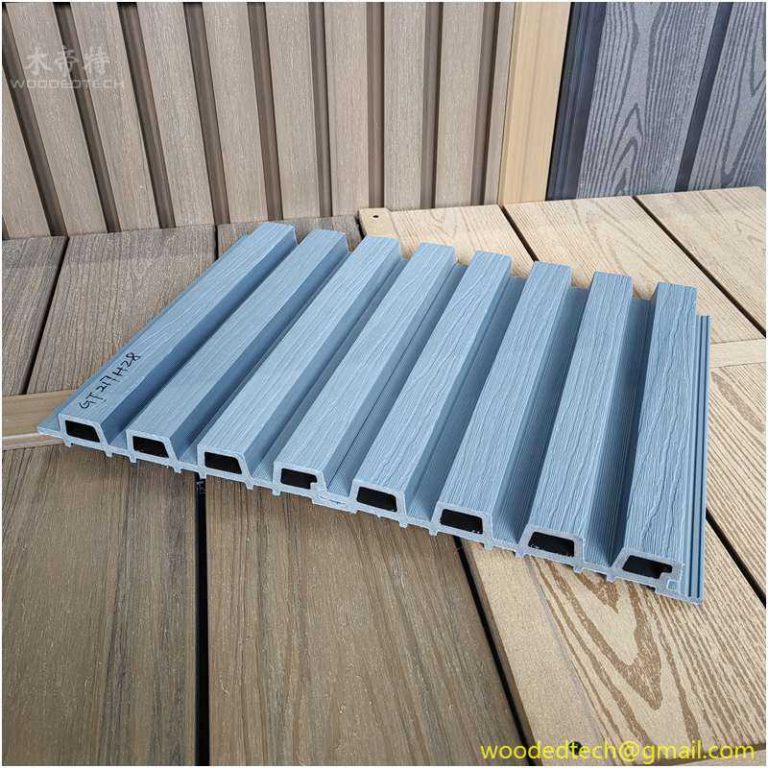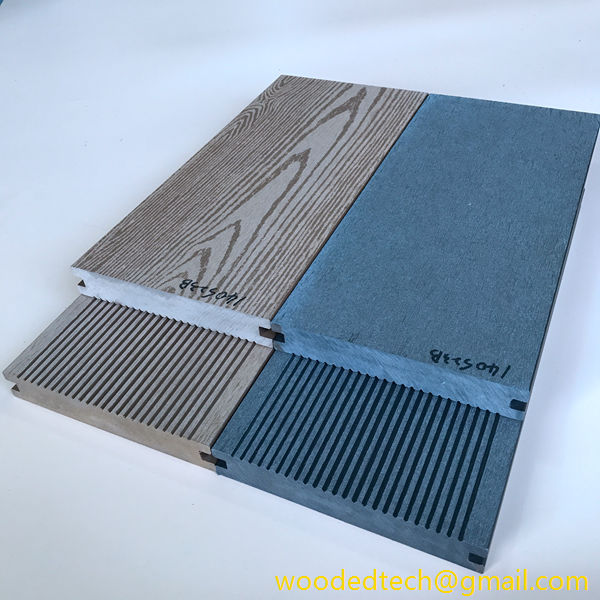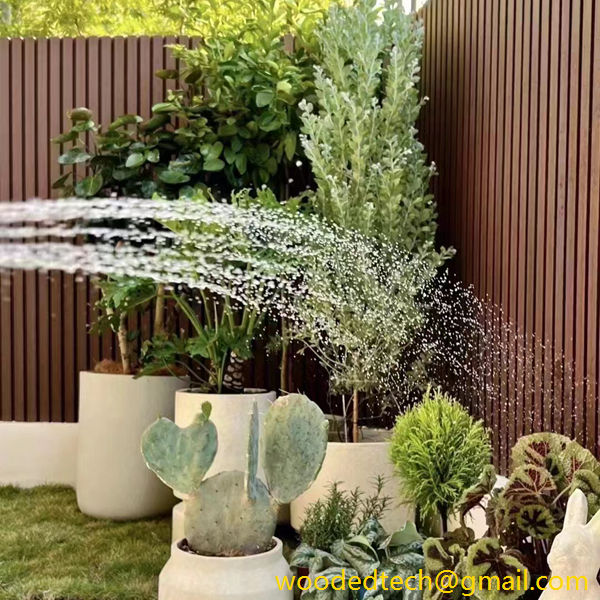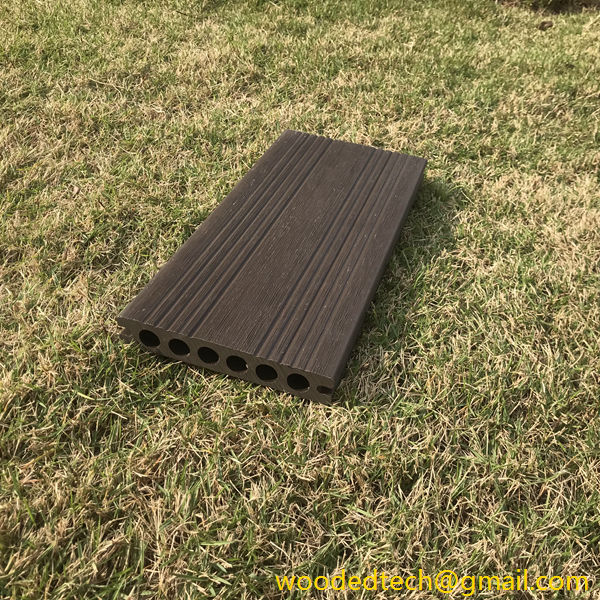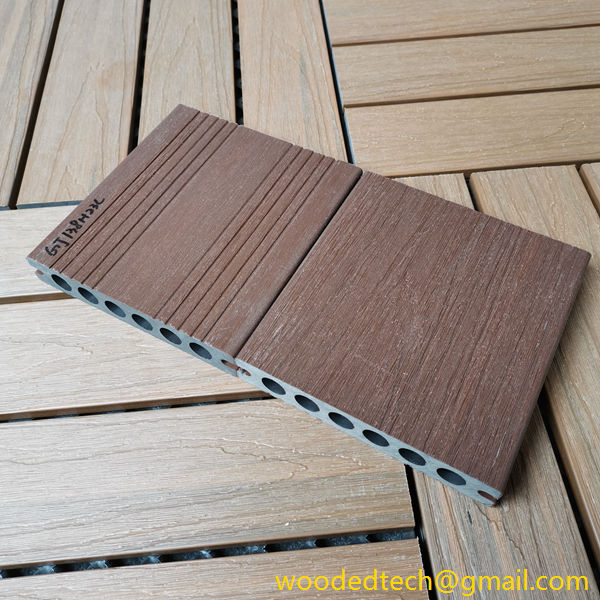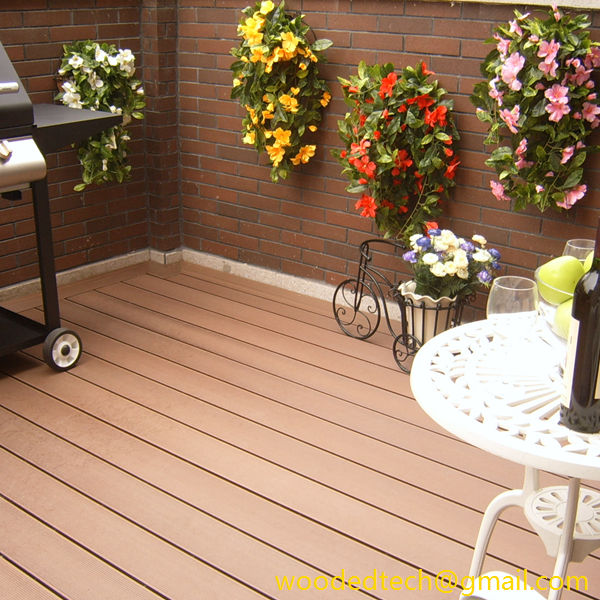Designing Composite Wood Terrace Decking for Outdoor Living
Designing Composite Wood Terrace Decking for Outdoor Living Designing composite wood terrace decking for outdoor living is an engaging and multifaceted process that brings together aesthetics, functionality, and sustainability. As outdoor spaces become increasingly vital components of our homes, the choice of materials for these areas plays a significant role in enhancing the overall experience….
Designing Composite Wood Terrace Decking for Outdoor Living
Designing composite wood terrace decking for outdoor living is an engaging and multifaceted process that brings together aesthetics, functionality, and sustainability. As outdoor spaces become increasingly vital components of our homes, the choice of materials for these areas plays a significant role in enhancing the overall experience. Composite wood decking is a popular choice that combines the beauty of natural wood with the durability of synthetic materials, offering a perfect solution for creating inviting and long-lasting outdoor spaces.
Composite wood decking is engineered from a mixture of wood fibers and recycled plastic, which provides a range of benefits that traditional wood decking cannot match. One of the primary advantages of composite materials is their resistance to the elements. Unlike natural wood, which can warp, splinter, and rot over time due to exposure to moisture and changing weather conditions, composite decking maintains its structural integrity and appearance for many years. This durability means that homeowners can enjoy their outdoor spaces without the constant worry of maintenance, allowing them to focus on relaxation and enjoyment.
Aesthetically, composite wood decking has come a long way in terms of design and appearance. Modern composite materials can mimic the look of natural wood with stunning realism. Various colors, textures, and grain patterns are available, allowing homeowners to choose a style that complements their outdoor decor and landscaping. This versatility means that whether one is looking for a rustic, traditional feel or a sleek, contemporary design, there is a composite decking option that can meet those needs.
Another key aspect of designing composite wood terrace decking is the environmental consideration. Many composite decking products are made from recycled materials, which helps reduce waste and the demand for new resources. By choosing composite decking, homeowners can make a sustainable choice that aligns with their values and minimizes their environmental impact. Additionally, many manufacturers are committed to sustainable practices, ensuring that the production processes are eco-friendly.
When planning a composite wood terrace deck, it is essential to consider the layout and functionality of the space. The design should reflect how the area will be used, whether for entertaining guests, family gatherings, or quiet evenings spent outdoors. Factors such as size, shape, and orientation play a crucial role in creating a functional outdoor living space. For example, a larger deck can accommodate seating areas, dining spaces, and even outdoor kitchens, while a smaller deck might focus on a cozy seating nook surrounded by plants and greenery.
Another important consideration is the integration of lighting and other features into the design. Outdoor lighting can enhance the ambiance of the terrace, making it usable even after the sun sets. Options range from subtle LED lights installed in the decking itself to stylish lanterns and string lights that create a warm and inviting atmosphere. Furthermore, incorporating elements like built-in seating, planters, or even fire pits can add both functionality and aesthetic appeal to the terrace.
Safety is another crucial factor to consider when designing a composite wood terrace deck. The surface of composite decking often provides better traction than traditional wood, reducing the risk of slips and falls, especially in wet conditions. Additionally, composite materials do not splinter, making them a safer option for families with children or pets. Proper railing systems should also be installed to enhance safety while providing a stylish touch to the overall design.
Maintenance is a significant advantage of composite wood decking. Unlike traditional wood, which requires regular treatments, staining, and sealing to maintain its appearance and longevity, composite decking only requires occasional cleaning with soap and water to keep it looking its best. This ease of maintenance not only saves time and effort but also allows homeowners to enjoy their outdoor spaces without the burden of extensive upkeep.
In terms of installation, composite wood decking is designed to be straightforward and efficient. Many products feature interlocking systems or hidden fasteners that not only simplify the installation process but also contribute to a clean and polished look. This ease of installation can benefit homeowners who prefer to take a hands-on approach to their outdoor projects or those who wish to hire professionals for a quicker turnaround.
In conclusion, designing composite wood terrace decking for outdoor living is an enriching process that combines aesthetics, functionality, and sustainability. The benefits of composite materials, such as durability, low maintenance, safety, and environmental friendliness, make them an appealing choice for homeowners looking to enhance their outdoor spaces. With a wide variety of styles and design options available, creating a beautiful and functional terrace deck has never been more accessible. By carefully considering layout, features, safety, and maintenance, homeowners can develop outdoor living areas that serve as extensions of their homes, providing spaces for relaxation, entertainment, and cherished memories. Whether it’s a bustling gathering of friends or a quiet evening under the stars, a well-designed composite wood terrace deck can transform outdoor living into an enjoyable and enriching experience.

